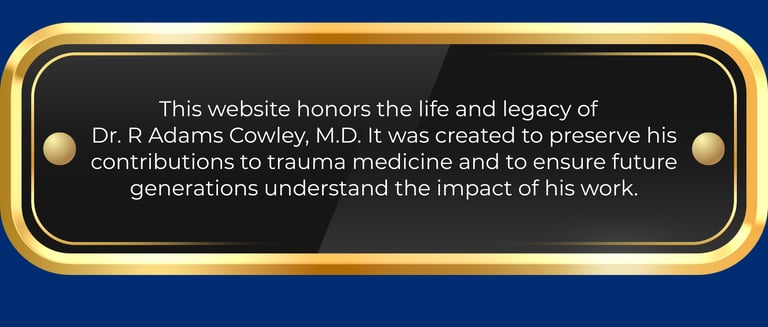
Family, Passions, and Everyday Life
The Man Behind the Mission
R Adams Cowley was more than a pioneer in trauma medicine. He was also a devoted husband, a proud father, a quiet artist, and a lover of classical music. This page offers a closer look at his personal life—the man beyond the title and the mission.
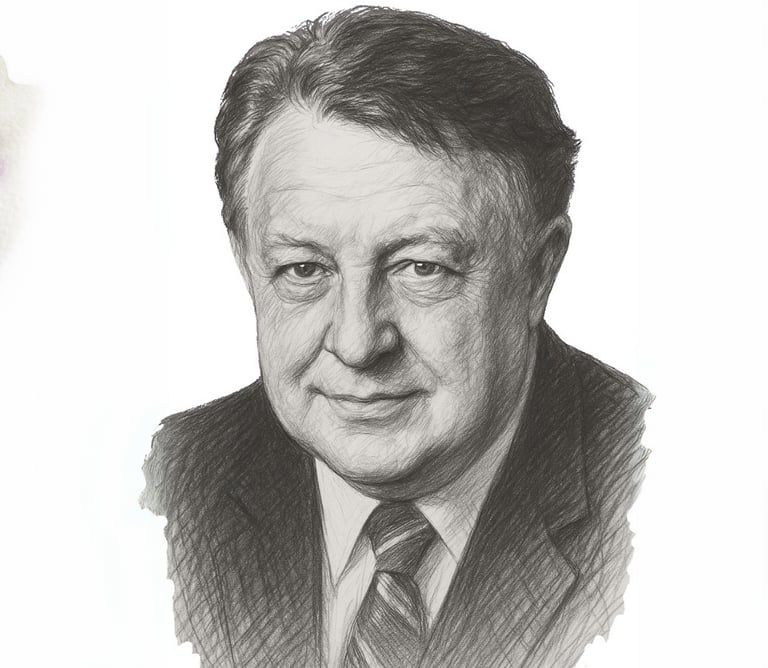



Family and Fatherhood
Dr. Cowley married Roberta Cowley (M.Ed., C.C.C.-SLP), a speech and language pathologist at the University of Virginia. She came from a family deeply rooted in medicine—her father, Dr. Raymond Schwartz, was a respected physician and healthcare leader who helped shape modern hospital systems in Virginia. Roberta’s passion for healthcare and public service mirrors both her father’s legacy and her husband’s mission.
Just three weeks before Dr. Cowley’s unexpected passing in 1991, the couple welcomed their son, R Adams Cowley II. Now a physician and Georgetown University School of Medicine graduate, he continues the family’s tradition of service in medicine.
Dr. Cowley also had a daughter from a previous marriage—Kay Cowley Pace, a devoted educator who shared his lifelong commitment to helping others.

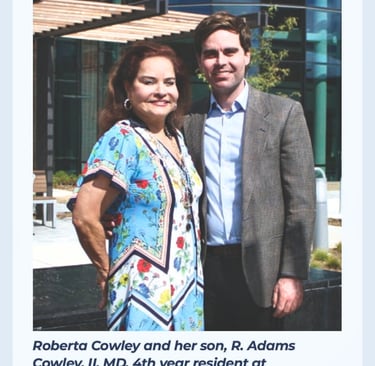
Courtesy VHC Health Foundation (2024)
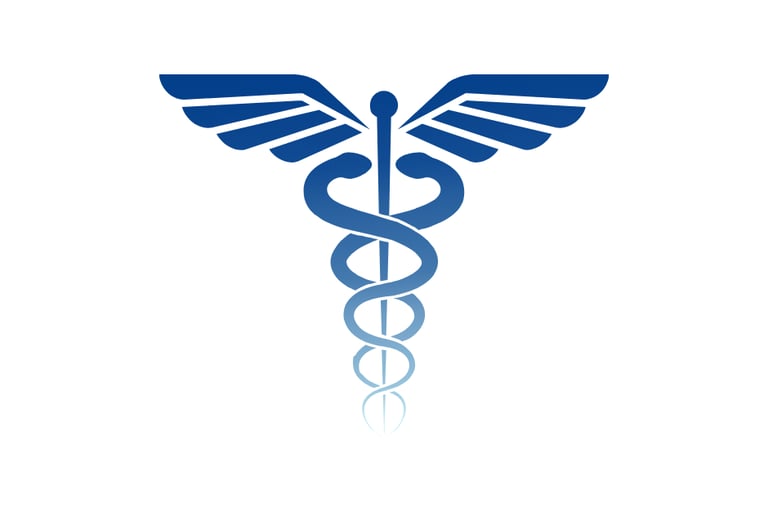

Roberta Cowley with her son, R Adams Cowley II, M.D., a fourth‑year orthopedic surgery resident specializing in the spine at Georgetown, standing in front of the Raymond Schwartz, M.D., Plaza.
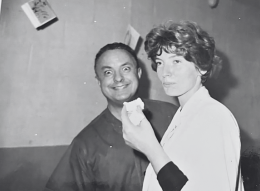

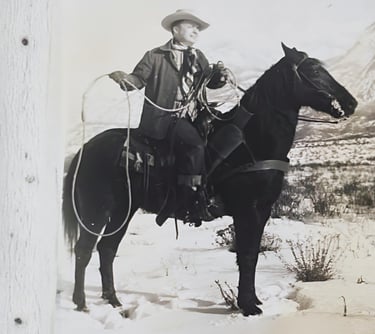

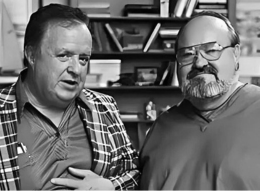

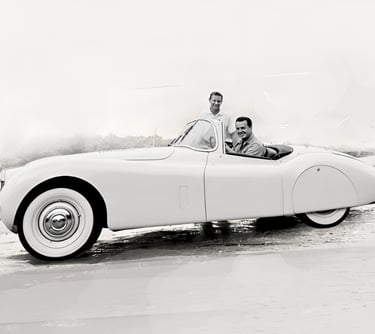

(Photos Courtesy R Adams Cowley Private Collection)
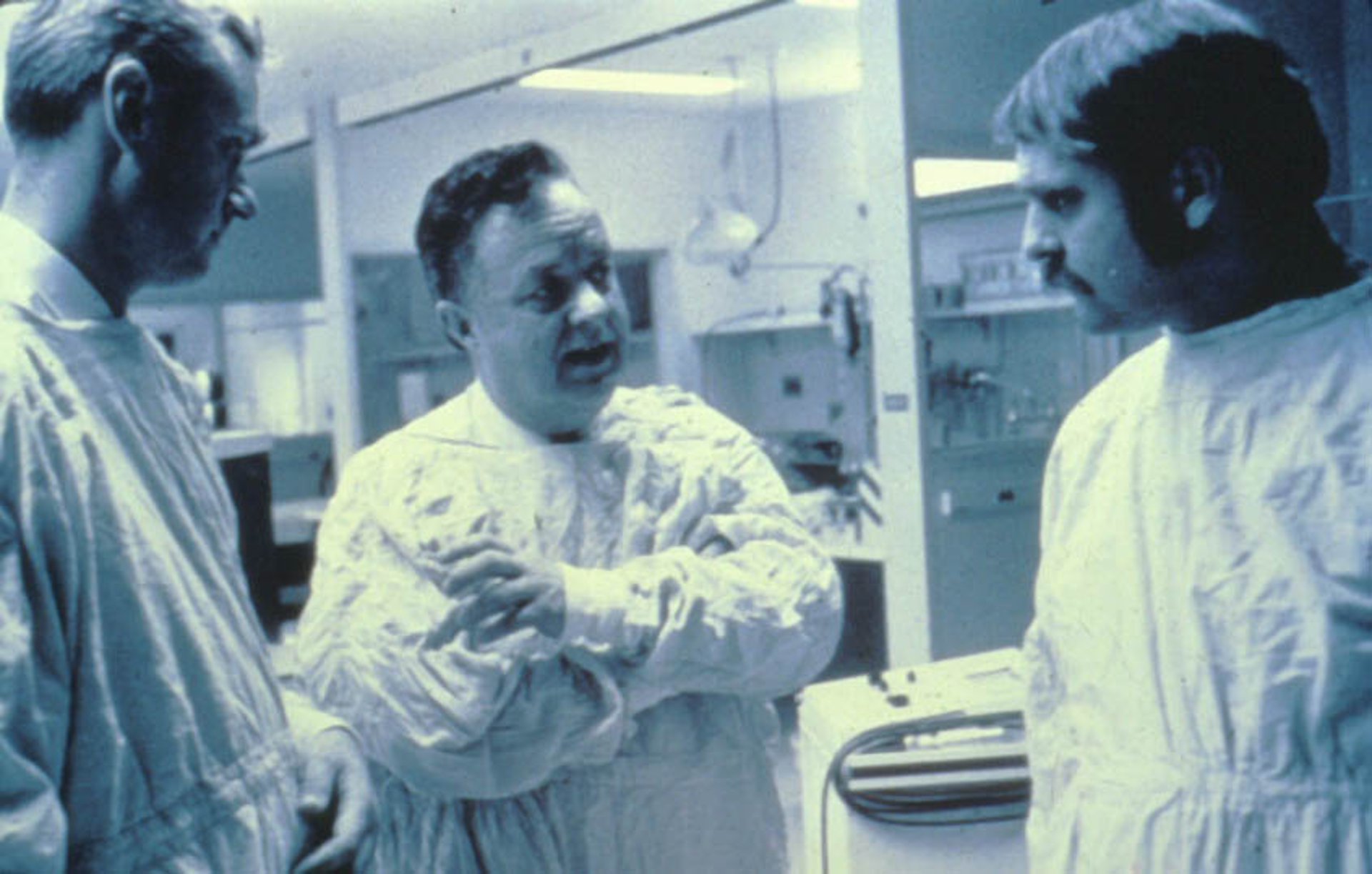
Passions Beyond Medicine
When he wasn’t in the operating room or trauma unit, Cowley found peace in painting and music. He painted oil landscapes in his free time and donated one of his favorite pieces—Winterscape—to the very first Shock Trauma Gala.
He filled his apartment with the sound of classical music, especially Mozart, and packed every corner with books—even stacking them inside the oven when he ran out of space.
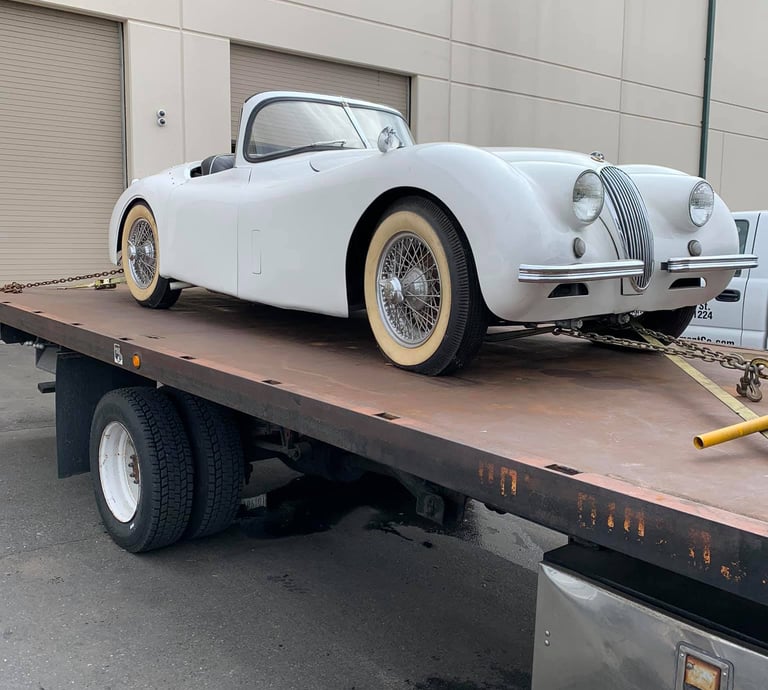

Dr. Cowley’s favorite car was his 1953 Jaguar. He loved its classic design and the way it combined beauty with performance. It was one of the things he was most proud to own.
A Man Driven by Purpose
Cowley’s work ethic was legendary. He regularly worked 16-hour days, seven days a week. So committed was he to building a trauma care system that he often slept at the hospital—sometimes on an X-ray table.
One Christmas, University of Maryland carpenters gifted him a handmade orange bench so he could finally rest more comfortably.
He rarely took time off and once said he had missed seven sabbaticals. For nearly 50 years, he chose not to take vacations so his staff could be with their families during holidays.

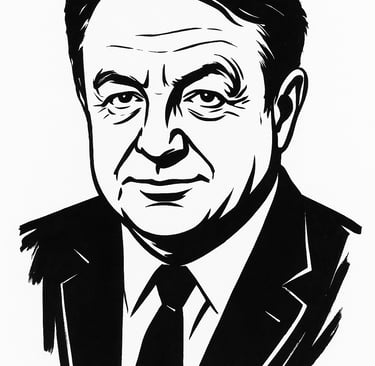

A Name With a Story
His name was as unique as his legacy. His uncle, Spencer Adams, had been a professional baseball player for the New York Yankees. His grandfather, Senator Rufus Adams of Utah, had long hoped for a grandson to carry on his name.
When Cowley was born, his mother began to write “Rufus” on the birth certificate but stopped after the first letter. That single letter—R—became his official first name. He proudly insisted it be written without a period.
Life to Film
Shocktrauma is a 1982 made-for-TV movie that brings to life the story of Dr. R. Adams Cowley and his mission to change emergency medicine. Actor William Conrad takes on the role of Dr. Cowley, showing his determination to create the first hospital in the U.S. fully focused on treating trauma patients.
The film highlights his famous “Golden Hour” idea—the belief that getting care within the first hour after a serious injury can mean the difference between life and death. It also shows how he helped pioneer the use of helicopters to quickly transport patients, something we now see every day in emergency response.
When Shocktrauma aired across the country, it helped people understand just how important fast, expert trauma care really is. Today, the film is still available on platforms like Amazon Prime Video, continuing to inspire and educate a new generation.

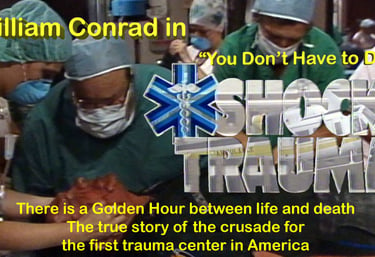
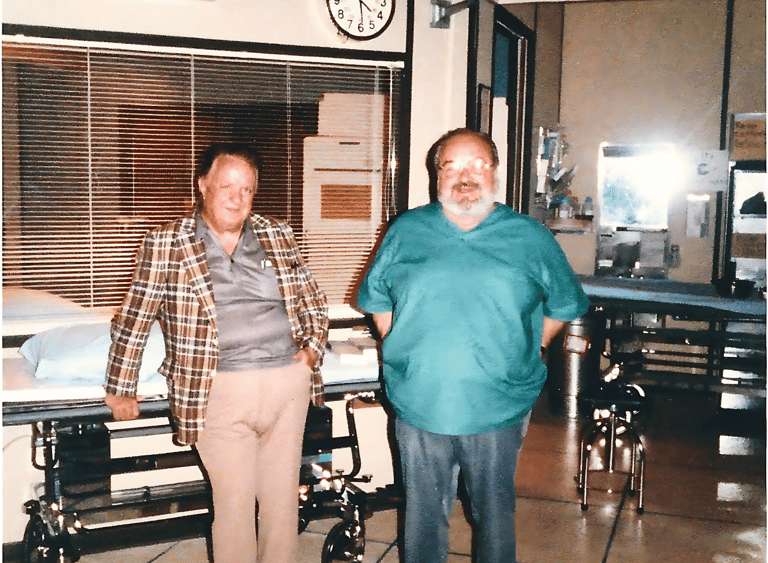

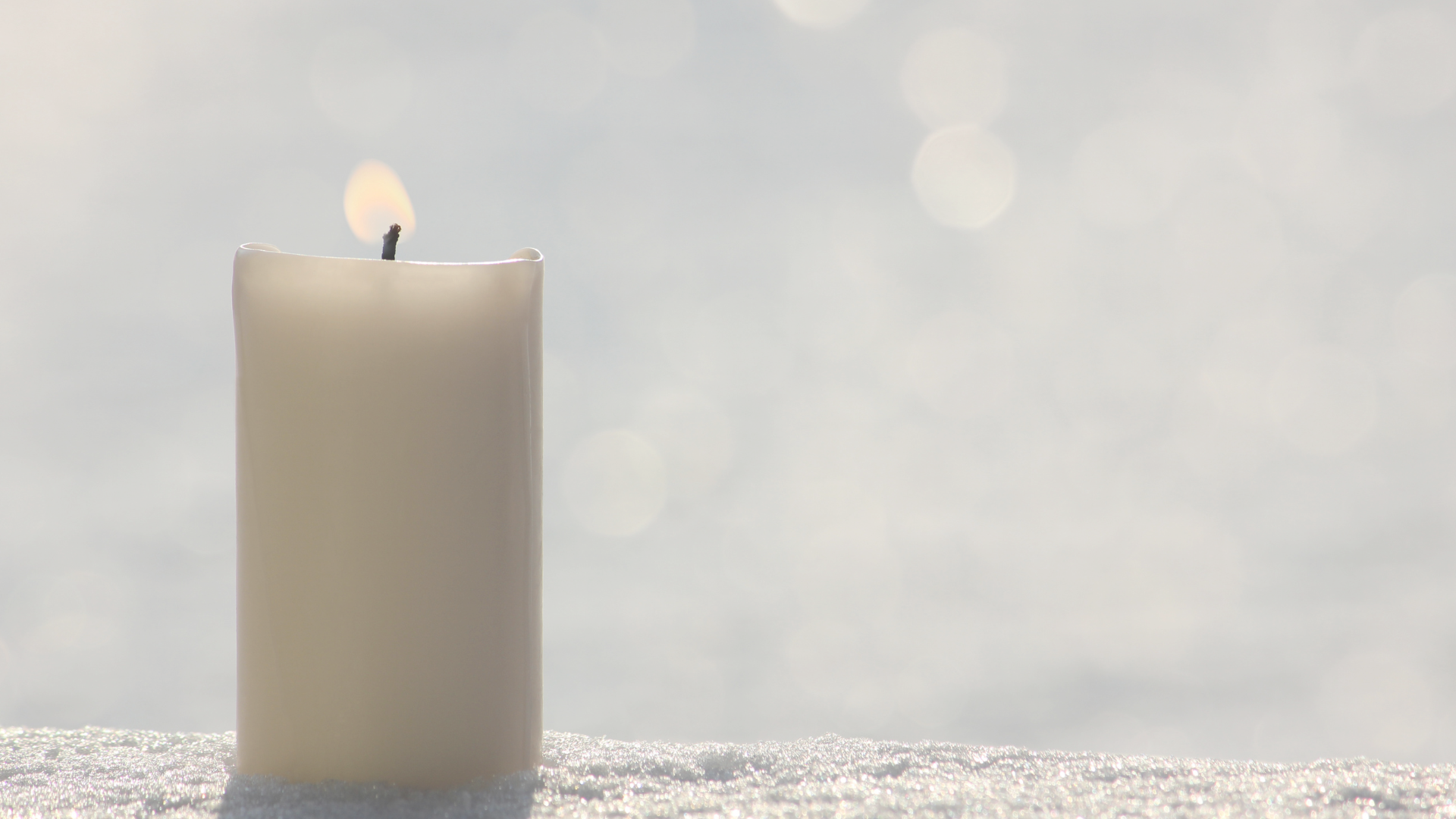
A Lasting Light
Dr. Cowley battled heart disease for years. On October 27, 1991, he died from coronary failure at his home in Baltimore. He was 74. His wife later shared that he passed with their newborn son in his arms. The baby, R Adams Cowley II, was just three weeks old. It was a quiet end to a life spent saving others.
The U.S. Army honored him with a full military burial at Arlington National Cemetery. It was a tribute to both his service and his work in medicine.
By then, his trauma system was already saving thousands of lives each year. Doctors, nurses, and patients across the country mourned his death.
The University of Utah accepted his personal papers and awards. They named him one of “Utah’s Heroes.”
His mission—to give everyone the best chance to live—didn’t stop. It continues today in every trauma team, every medevac helicopter, and every life saved.
His wife Roberta and his children keep his memory alive. They carry his story with love, pride, and proof that one person really can change the world.


Dr. Cowley's personal dedication translated into groundbreaking professional contributions. His research, publications, and innovations continue to guide trauma care decades after his passing, forming the foundation of modern emergency medicine.
Connect
Have questions or want to learn more about Dr. R Adams Cowley’s legacy?
We’d love to hear from you. 📧 Email: cowleyroberta@gmail.com
Legacy Resources
© 2025 Roberta Cowley. All rights reserved.
